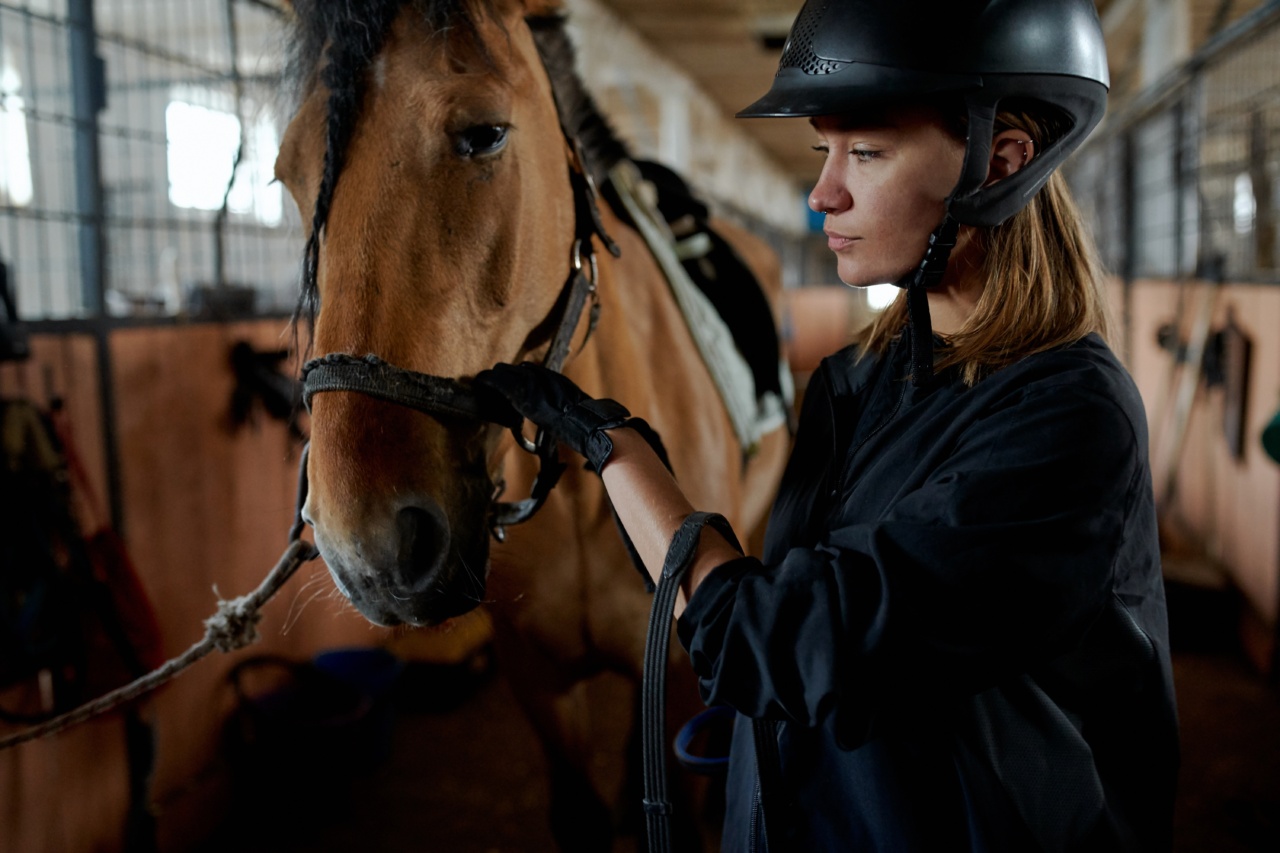Caterpillars are fascinating creatures that transform into beautiful butterflies or moths. However, some caterpillars can be dangerous to pets. In this article, we will discuss the different types of perilous caterpillars and how to keep your pets safe.
Types of Perilous Caterpillars
Hickory Tussock Caterpillar
The hickory tussock caterpillar is a white, furry caterpillar with black spines and a red head. They are found in eastern North America and are most commonly found on hickory trees.
Although they are not lethal, they can cause a painful rash if they come into contact with skin. If your pet ingests these caterpillars, they can cause vomiting and mouth irritation.
Gypsy Moth Caterpillar
Gypsy moth caterpillars are found in Europe and North America and can cause severe damage to deciduous trees. Their hairs can cause skin irritation and trigger asthma attacks in people and pets.
If ingested, they can cause digestive system irritation and even seizures.
Saddleback Caterpillar
Saddleback caterpillars have a distinct saddle-like marking on their backs and are yellow-green with brown hairs. They are commonly found in eastern North America and are known for their venomous spines.
If a pet comes into contact with these caterpillars, they can experience skin irritation, mouth ulcers, and vomiting.
Puss Caterpillar
Puss caterpillars, also known as asp caterpillars, are found in eastern North America. They are small and furry, and their spines contain venom that can cause extreme pain and swelling.
If your pet ingests these caterpillars, they can experience vomiting, convulsions, and even death.
Preventive Measures
It is crucial to keep an eye on your pets when they are outside, especially if you live in an area with a high population of perilous caterpillars. Here are some preventive measures that you can take:.
Lawn Maintenance
Keep your lawn mowed and free of leaves and debris. These areas can attract caterpillars and provide them with a place to hide.
Tree Maintenance
Inspect your trees regularly for caterpillars. If you notice any, immediately remove them. You can also use sticky bands around the trunk of the tree to trap caterpillars before they can make their way up the tree.
Keep Pets Indoors
If possible, keep your pets indoors during the peak season for caterpillars. This is usually during the fall and spring months.
Watch Your Pets
If your pets are outside, keep a close eye on them and prevent them from coming into contact with any caterpillars.
Treatment
If your pet does come into contact with a caterpillar, it is important to act quickly. Here are some steps you can take:.
Remove Any Hairs
Use a piece of tape or a lint roller to remove any hairs from your pet’s skin. Be careful not to touch the hairs with your bare hands, as they can cause skin irritation.
Wash the Area
Wash the affected area with soap and warm water to remove any remaining hairs.
Watch for Symptoms
Watch for symptoms such as vomiting, diarrhea, and skin irritation. If your pet displays any of these symptoms, contact your veterinarian immediately.
Administer Treatment
Your veterinarian may recommend antihistamines, pain medication, or other treatments to relieve the symptoms.
Conclusion
Perilous caterpillars can pose a danger to pets if they come into contact with them. By taking preventive measures, such as keeping your lawn and trees maintained and watching your pets when they are outside, you can keep your pets safe.
If your pet does come into contact with a caterpillar, act quickly and contact your veterinarian for treatment.































